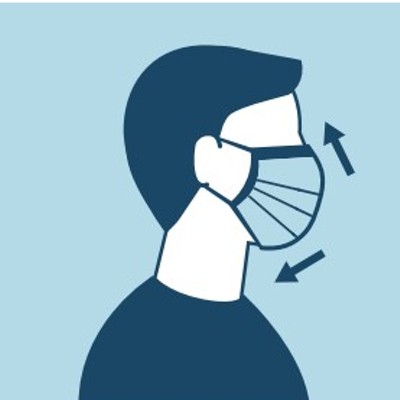Spirit of Service was founded in 1997 to offer integrative health care services on a sliding fee scale, provide disease prevention and wellness education, and increase food security. Volunteer health care practitioners began seeing patients in 1998, in a space donated by a church.
A nine-acre parcel of county-owned land along the Santa Cruz River has been home to the clinic's Farmacy Garden since 1998, but the clinic itself has experienced the kind of transient existence some of its patients have known. Spirit of Service moved from the church to a location on Stone Avenue, then to its last physical address on East Broadway Boulevard. But since last May, Spirit of Service has had only a mailing address, and all its belongings were in storage.
"We've felt kind of like the homeless clinic," said Donna Tullar, founder and executive director. Tullar did intake appointments with new patients in a volunteer practitioner's downtown office; for treatment sessions, the patients had to go to the offices of practitioners.
By saving up donations, patient payments and small grants from foundations, Spirit of Service was able to rent an 800-square-foot office in April. After volunteers did extensive cleaning, Josephine Thomason of EPACenter guided people in making and applying a natural paint.
"It transformed" the space, said Tullar, who did her first intake appointment in the office on May 3 of this year.
Acupuncturist Lily Jou, who is a board member of Spirit of Service and an instructor at the Arizona School for Acupuncture and Oriental Medicine, is glad she can offer sessions at the clinic again. Things slowed down the year the clinic was homeless, she said; instead of simply coming to the clinic for treatments, patients needed to get referral cards and find their way to practitioners' offices.
The majority of the patients Jou sees also work with at least one other practitioner. If a patient gives permission, Jou consults with the other practitioners so that they can provide the best treatment--which is much easier to do if they can leave notes and files for each other at the one clinic.
Being without a physical home also caused other problems for Spirit of Service. Patricia Williams, a retired psychiatrist who now practices neurolinguistic programming, works from an office in her home. Because clinic patients were referred directly to her, she could not screen them like she does new clients in her private practice. This presented a safety issue for her, so she didn't volunteer during the year the clinic was homeless, but plans to resume now.
Now that the clinic has its own space, it will be more affordable for Karen Jablo to volunteer her services. Jablo loved the concept when her friend Tullar first came up with the idea of Spirit of Service, and later had a few sessions with a practitioner at the clinic when she was in massage school.
Volunteering as a practitioner gives Jablo "a good feeling of being able to give back to the community." She has also gotten some referrals for paying clients through volunteering for Spirit of Service.
She pays by the hour to use the room that she shares with other practitioners at Saguaro Clinic. Now, she will be able to see Spirit of Service patients at the new space, and for every two hours she volunteers, she will be able to use a room for an hour to see her own clients. She thinks her clients will be comfortable coming to Spirit of Service's centrally located office.
Volunteer practitioners can still see patients at their own offices, if they prefer. The 60 volunteer practitioners include medical doctors, chiropractors and nurse midwives, and practitioners of osteopathy, body work, energy work, counseling and sound healing.
The presence of a kitchen in the clinic now offers opportunities for teaching about nutrition--or at least it will after the donated stove is hooked up and a refrigerator is located.
Tullar hasn't had a land line installed yet, so the only phone for the clinic is the cell phone donated by Joe Cristiani when the clinic became homeless.
When Tullar thinks about covering the utilities and rent in the new space, she says, "I'm kind of biting my nails a little bit, but I'm also confident that we'll be able to cover it. It would just be so nice to know that there's a light at the end of the tunnel--that we'll be able to have a long-term space."
Spirit of Service has taken a year's lease, and by the end of that time, Tullar hopes that they will have been approved for a community development block grant to purchase a fixer-upper space of their own.
Meanwhile, Spirit of Service finds itself in a battle with phone giant Qwest. After the company introduced its ads with the "Spirit of Service" motto, Tullar called and wrote Qwest regarding first-use issues.
While no one from Qwest responded to Tullar or calls from the Weekly, an Internet search brought up a BellSouth page that describes how telephone linemen worked through the blizzard of 1888 in order to keep the only long distance telephone circuits between New York and Boston open. One of these linemen was asked to pose for a portrait that became known as "Spirit of Service." A tradition of giving this print to telephone-industry leaders was begun in 1970 by the chairman of AT&T. Qwest's Web site describes this painting, but does not note that it was called the "Spirit of Service."












